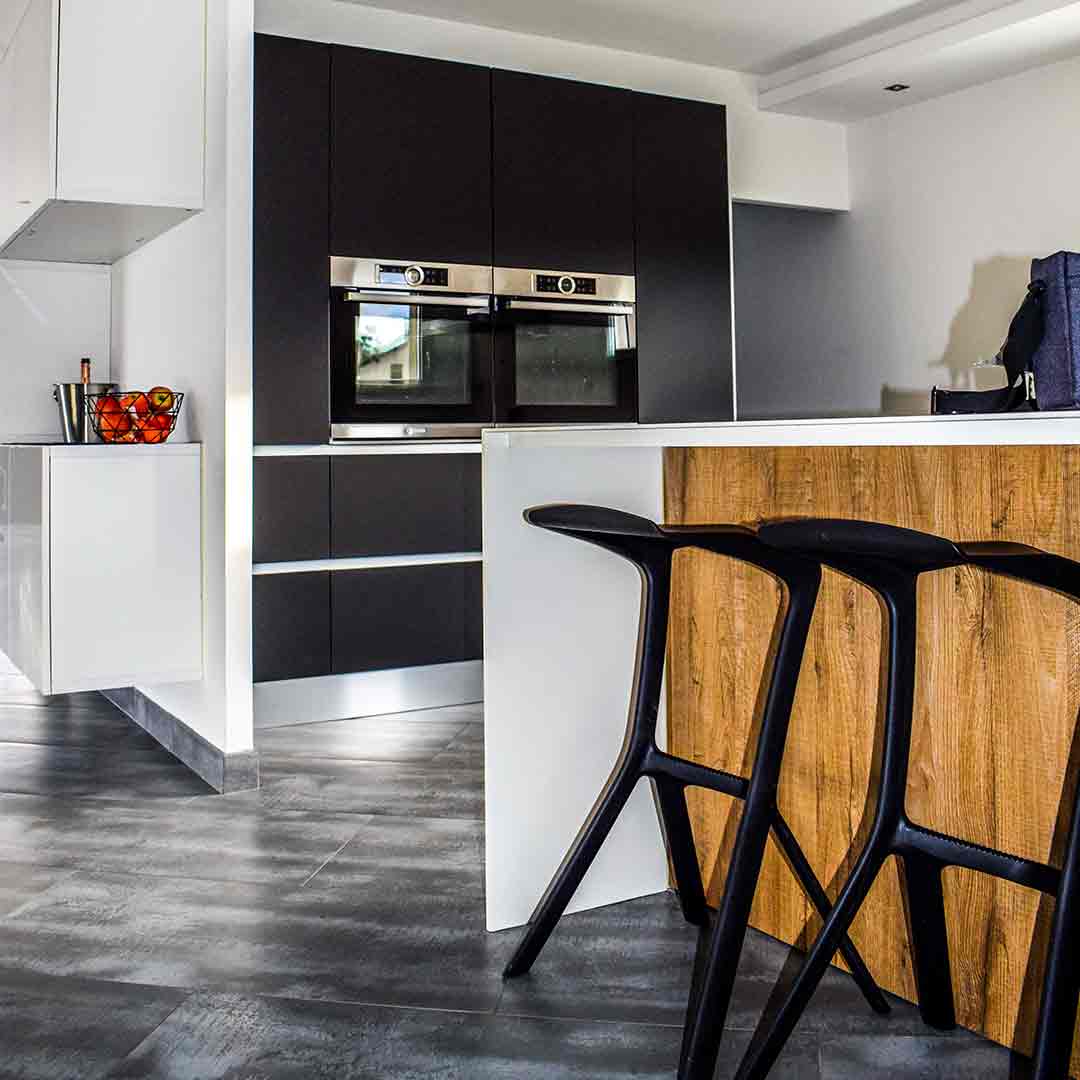Call Johnny | Johnny Rodrigues
Mortgage Intelligence | Agent Level II
Brokerage #10428

Guide to Choosing a House to Flip for Maximum Profit
Not every property will make a promising flip. Here is everything you need to know to maximize your profits from the very start while minimizing the risk factors.
House to flip, house flippers
Flipping houses is a real estate investment that is majorly rewarding but with its fair share of risks. An investor purchases a home at a low price and puts some money and sweat equity into fixing it up, then resells it in the future for a huge profit. It’s crucial to pick the right house to flip to generate the expected returns.
Before jumping at the first opportunity you come across, home flippers need to do thorough research on the right way to do it, identify major risk factors and plan accordingly. The following are useful tips for choosing the best undesirable houses to flip.
Due diligence is important to give a detailed understanding of the local real estate market. The ideal home is one in thriving areas with rising real estate sales or employment growth. Research listings and foreclosures to identify potential houses for flipping. The various foreclosure listings can be found on real estate company websites, local papers, or through a bank. Once you have found a home to buy, check for the comprehensive background of the house and its location.
Consult a professional to inspect the property and assess its structural condition. You do not want to run into unpleasant surprises that could upset your renovation budget after buying the home. The inspection will also help you in budgeting for repairs.
Time is money, so you need to look for homes that will sell quickly. Focus on homes that require low-cost improvements such as fixing the yard, recarpeting, installing hardwood floors, refinishing kitchen counters, and repainting the walls. These are relatively inexpensive projects, and consequently, it takes little time to transform the property. Avoid homes with a poor foundation or roofing as these might be costly to repair.
To get a fruitful flip, pay close attention to what is surrounding the subject property. Look for an up-and-coming neighborhood with new infrastructure developments such as roads and shopping centers. Other features that may be appealing to potential buyers include:
· Quiet neighborhood – The less traffic and noise from passing cars, the more desirable your property location is.
· Proximity to public transportation for public commuters – Most people want quick access to their workplaces.
· Proximity to amenities such as good schools and hospitals
· Safety of the neighborhood – You can use crime mapping services to find any crimes or sex offenses in the area.
· Attractive views – The value is greatly enhanced by having a view of a mountain, downtown lights, lake, or a golf course.
Features that may have a negative impact on the retail value of your property include busy roads, homes next to power lines, undesirable streets with unkempt lawns, and unsafe neighborhoods.
The most important step in flipping a house is determining the costs and profit margin of the project. Estimate the costs of repairs, inclusive of both closing costs and real estate commissions on the property. The rule of thumb for a profitable return to be factored in that the investor should only pay 70% of the after-repair value minus the necessary repairs. Make an attempt to buy the worst house in a great neighborhood as it expectedly has higher retail value. You can choose to negotiate with the seller for a lower buying price and, in return, cut them a profit from the resale.
Picking the right house is a key factor in bringing lucrative returns. When renovating, ensure you improve it just enough to make a healthy profit and stick to the budget to avoid unnecessary improvements. You’ll also want to work with a real estate agent who is well-versed in the local market to help you determine the right resale price.